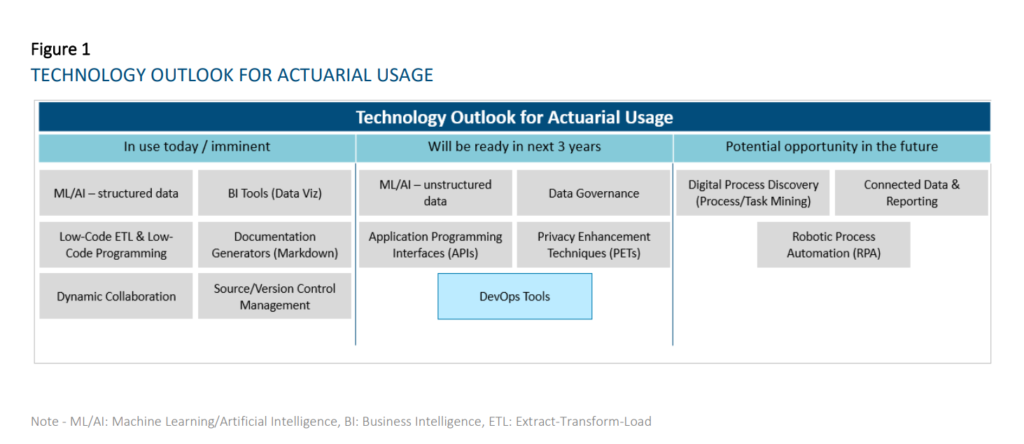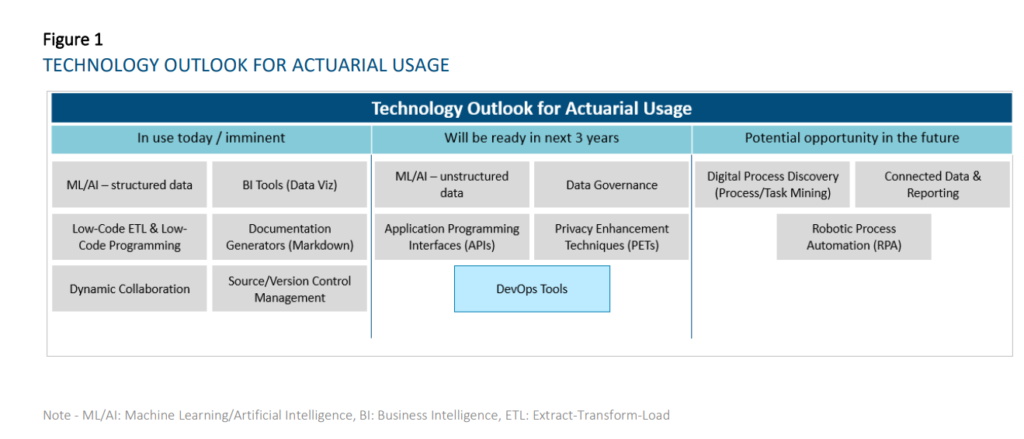Link:https://contingencies.org/usqs-roundtable-all-about-the-amended-standards/
Excerpt:
TC: The work of the actuary is evolving more and more toward big data and artificial intelligence. In addition, we are seeing evolving regulatory and societal requirements that will place new demands on the actuary’s work. These new areas involve working with more unknowns in the tools actuaries use—such as data, models, algorithms, and assumptions. In order to be effective in these new areas, and to continue to earn the public’s trust in our work, we need to better understand what can impact the appropriateness and effectiveness of these tools. As these areas evolve, it is important for actuaries to understand the potential limits of these tools. This is where obtaining continuing education on bias topics can help. As the USQS lay out, bias topics may include “content that provides knowledge and perspective that assist in identifying and assessing biases that may exist in data, assumptions, algorithms, and models that impact Actuarial Services. Biases may include but are not limited to statistical, cognitive, and social biases.” This is a broad topic, but I believe it will better equip the actuary in our role of maintaining the public’s trust in insurance and pension systems.
LS: Indeed, bias topics are broad. When performing actuarial services there are so many ways that bias impacts our work that we need to keep the topic broad in order that the range of continuing education will give us the appropriate tools. The obvious ways that bias may impact our work are in selection of data, as well as designing, developing, selecting, modifying, or using all types of models and algorithms. Even more important is how we communicate the results of our work. We also operate in a world where we can individually be blindsided by biases that we bring to our work and impact the transparency and validity of the actuarial services that we are providing. Because of our basic education, we know what bias is. That is something that we can continue to fine-tune and will have significant benefits to the reputation of actuaries and allow us to further differentiate our professionalism compared with others, particularly many data scientists.
Publication Date: Jan/Feb 2022
Publication Site: Contingencies







